Your world of energy.
Articles for energy natives, industry professionals and leaders.


Introducing Gridcog's new Energy Analyst in London, Joshua Elliott
.jpg)
Discover how market dynamics, negative pricing, and grid congestion are reshaping standalone solar projects in Victoria. Learn how adding battery storage can improve the economics of renewable energy generation and boost project profitability.
.jpg)
Hybrid energy projects are growing fast in Germany. Explore four revenue models for co-locating solar and battery storage and see which delivers the strongest returns.
.jpg)
Discover which European countries deliver the best returns for behind-the-meter solar PV and battery storage in 2025 - and why sunshine isn’t everything.
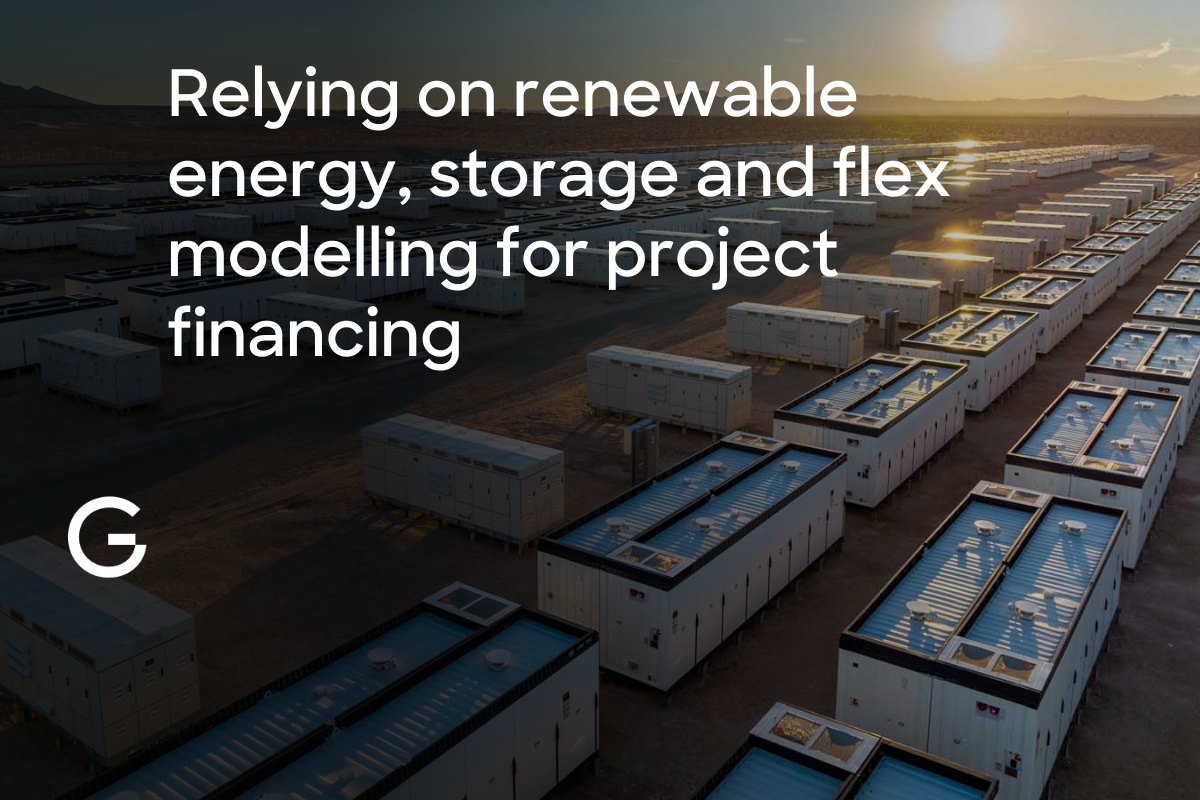
Project financing for renewable and storage development depends on whether financing parties can rely on the project analysis. This article explores the relationship between bankability and reliance.

Gridcog supports Greenwheel, a non-profit bringing solar power to off-grid communities in West Africa, advancing clean energy access and net zero goals.
.jpg)
An overview of South Australia’s new Firm Energy Reliability Mechanism (FERM) tender, opening in October 2025. The scheme is designed to bring on long-duration dispatchable projects, with clear obligations tied to system reliability events.

Introducing Gridcog's new Senior Business Development Manager in London, Jacob Roberts
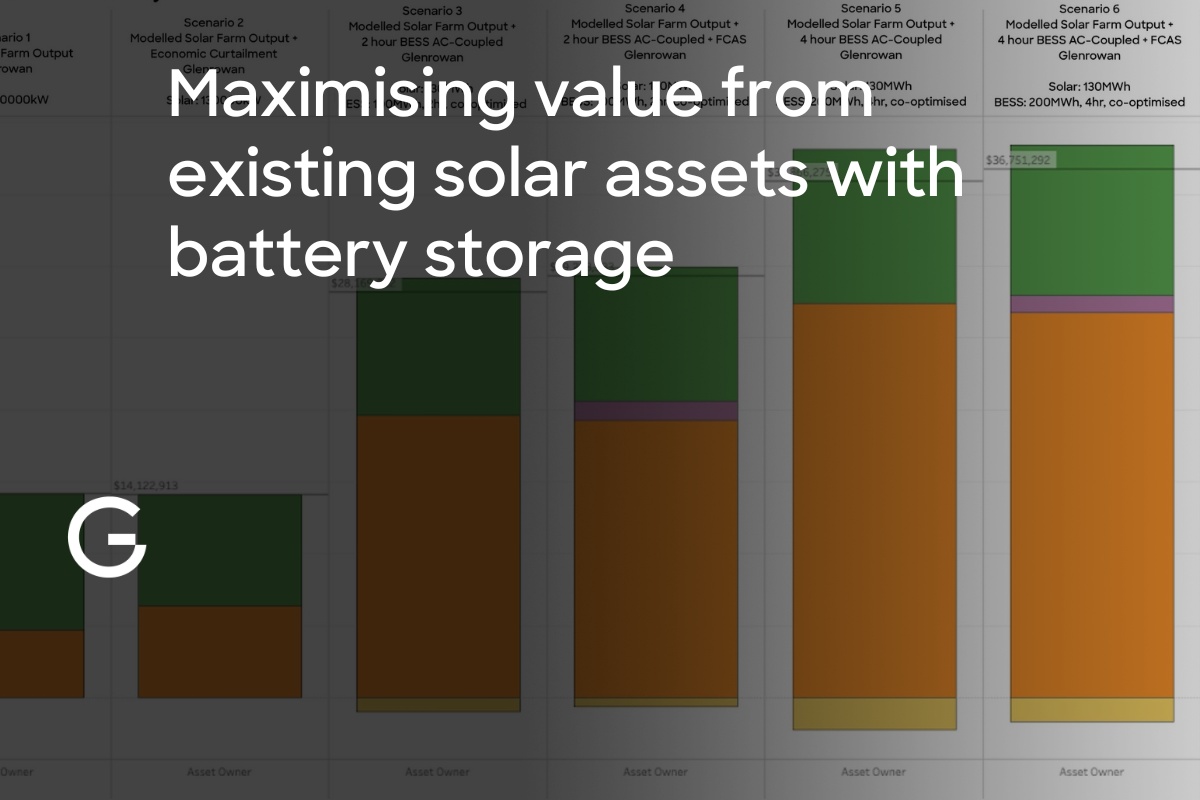
Learn how solar farm owners can boost value by rethinking offtake structures, tackling negative pricing, and adding battery storage. Discover when to adapt strategy in Australia’s NEM to future-proof solar investments.
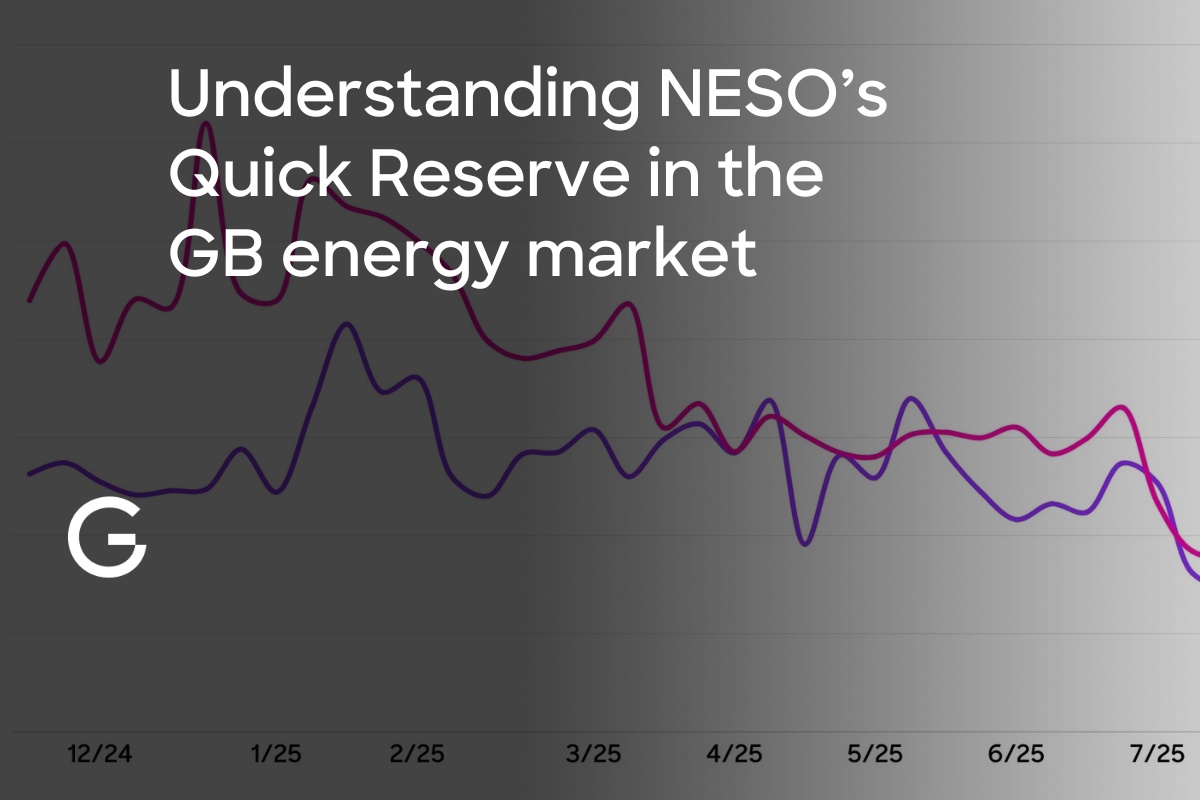
Explore how NESO’s Quick Reserve works, how bids and payments are structured, and what revenue trends mean for UK battery storage strategies in 2025.
.png)
Discover why simplistic BESS FCAS revenue forecasts fail, how to model ancillary services realistically, and what FPP means for battery storage in Australia.
.jpg)
Discover how P415 and baseline methodologies impact energy flexibility, solar variability, and wholesale market participation in the UK.

Discover how adding co-located battery storage impacts solar farm revenues in Australia’s NEM, with real asset data, modelling, and scenario analysis.
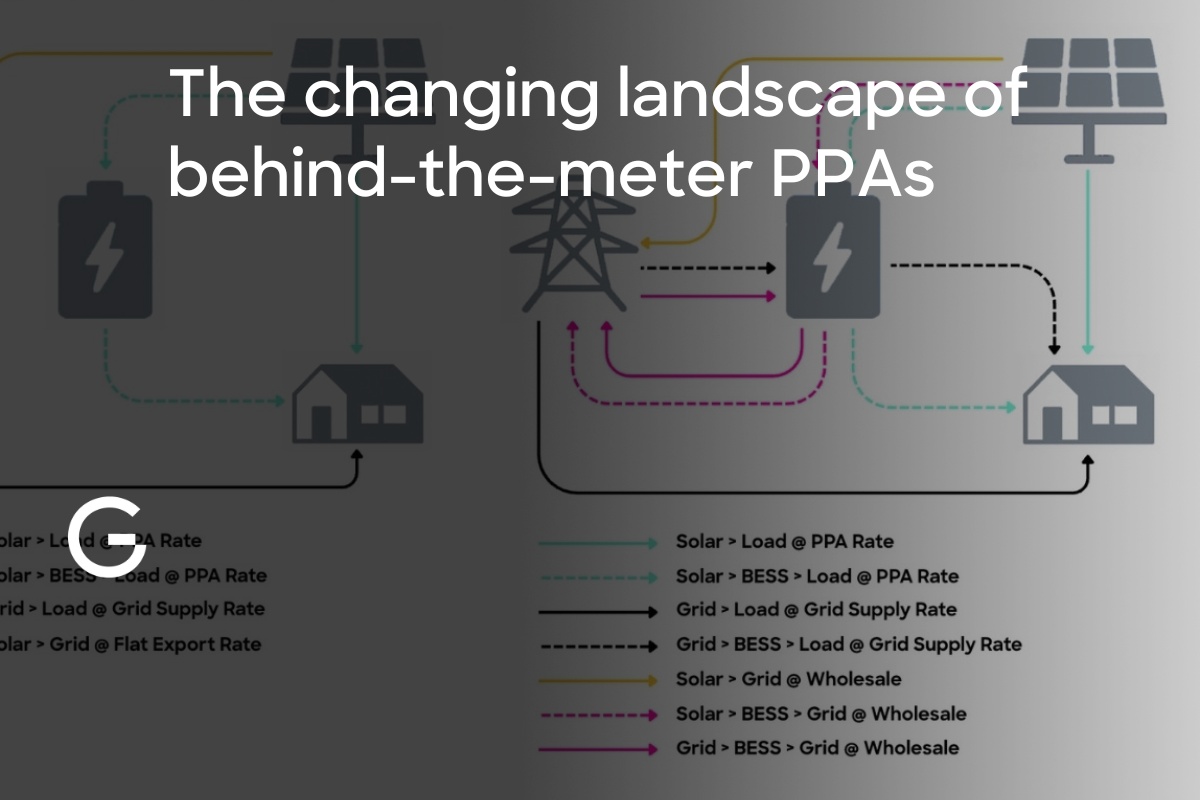
Discover how Behind-the-Meter PPAs are evolving with the integration of batteries. Explore the benefits, challenges, and new value streams enabled by hybrid solar-plus-storage systems.
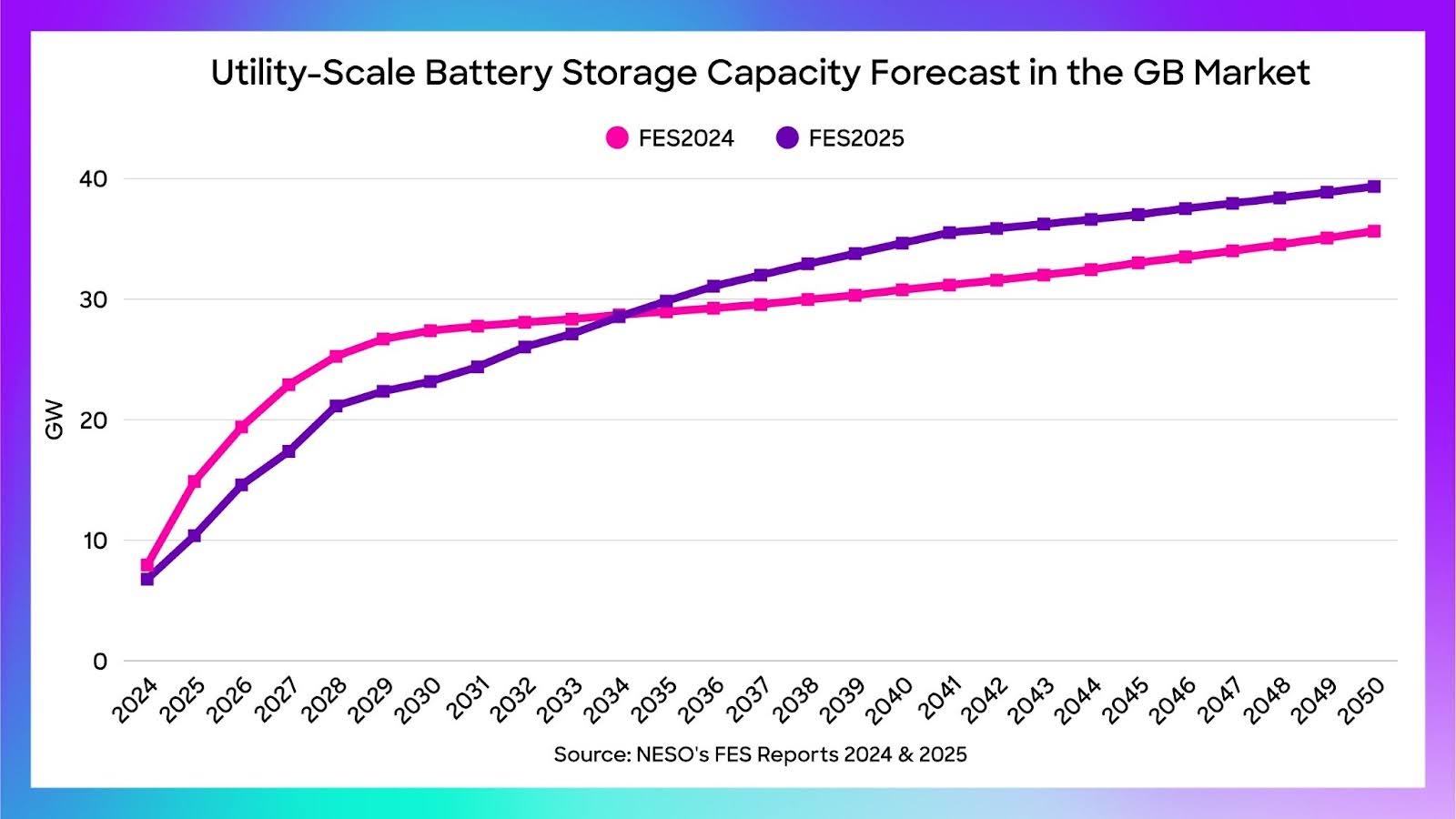
Discover the top insights from National Energy System Operator’s (NESO) Future Energy Scenarios 2025, focusing on why smart flexibility including battery storage, EVs and demand-side response is essential for a net zero GB energy system.
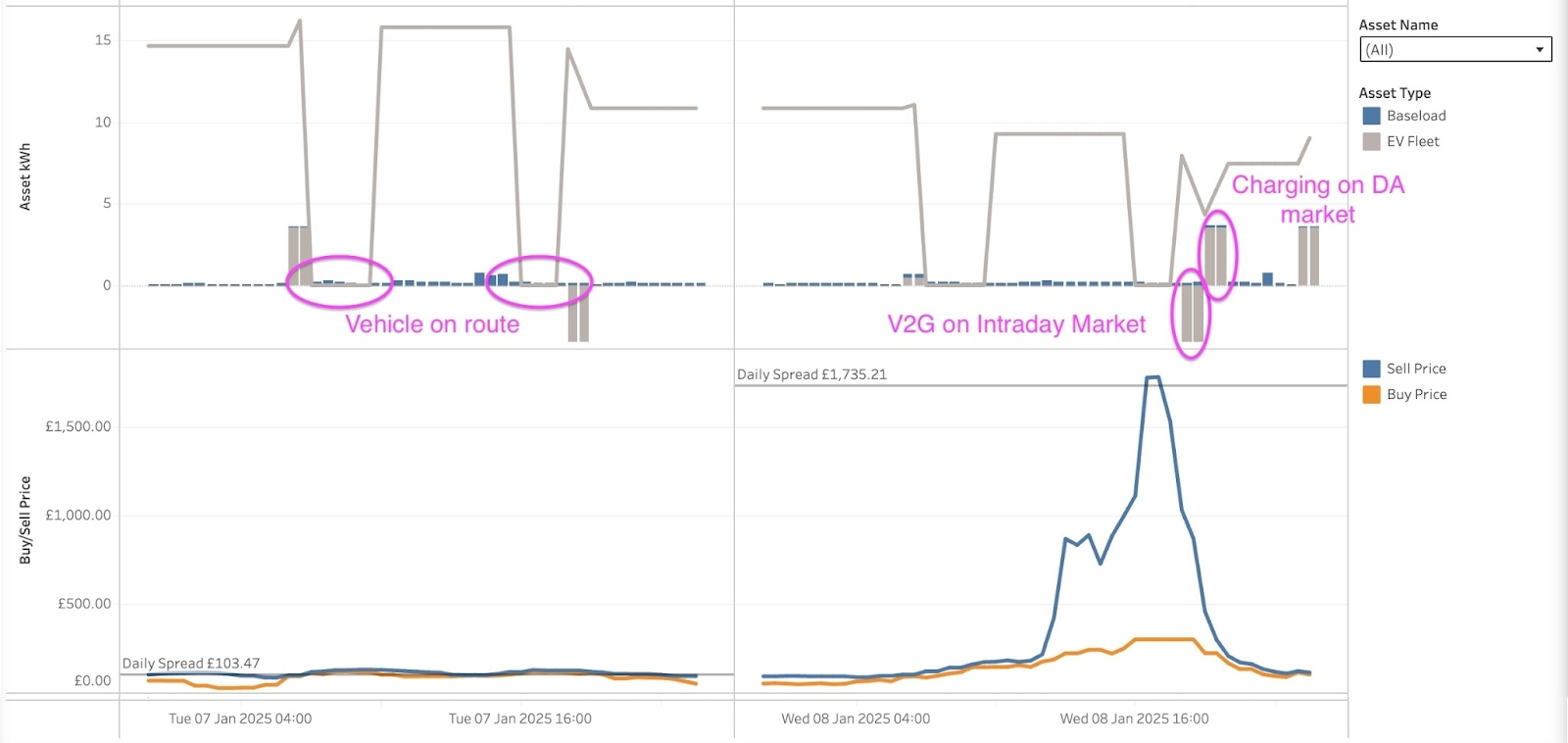
Explore how Octopus Energy’s new V2G scheme with the BYD Dolphin could reshape home EV charging. Using Gridcog, we model the economic impact of this smart charging bundle and its potential for grid flexibility.
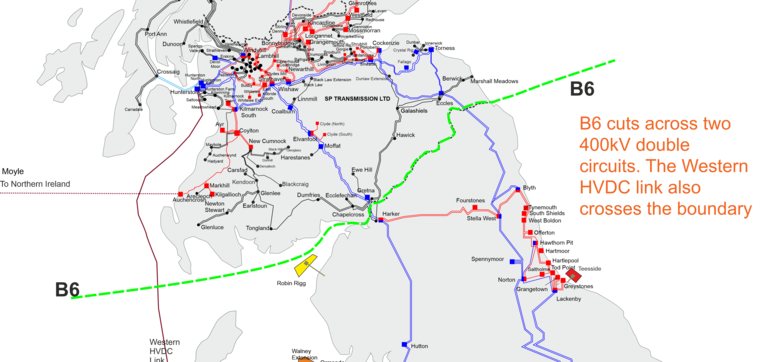
Explore the major reforms underway in GB and Australian electricity markets. From zonal pricing to capacity market overhauls, discover how evolving market design will shape investment signals and accelerate the low-carbon energy transition.
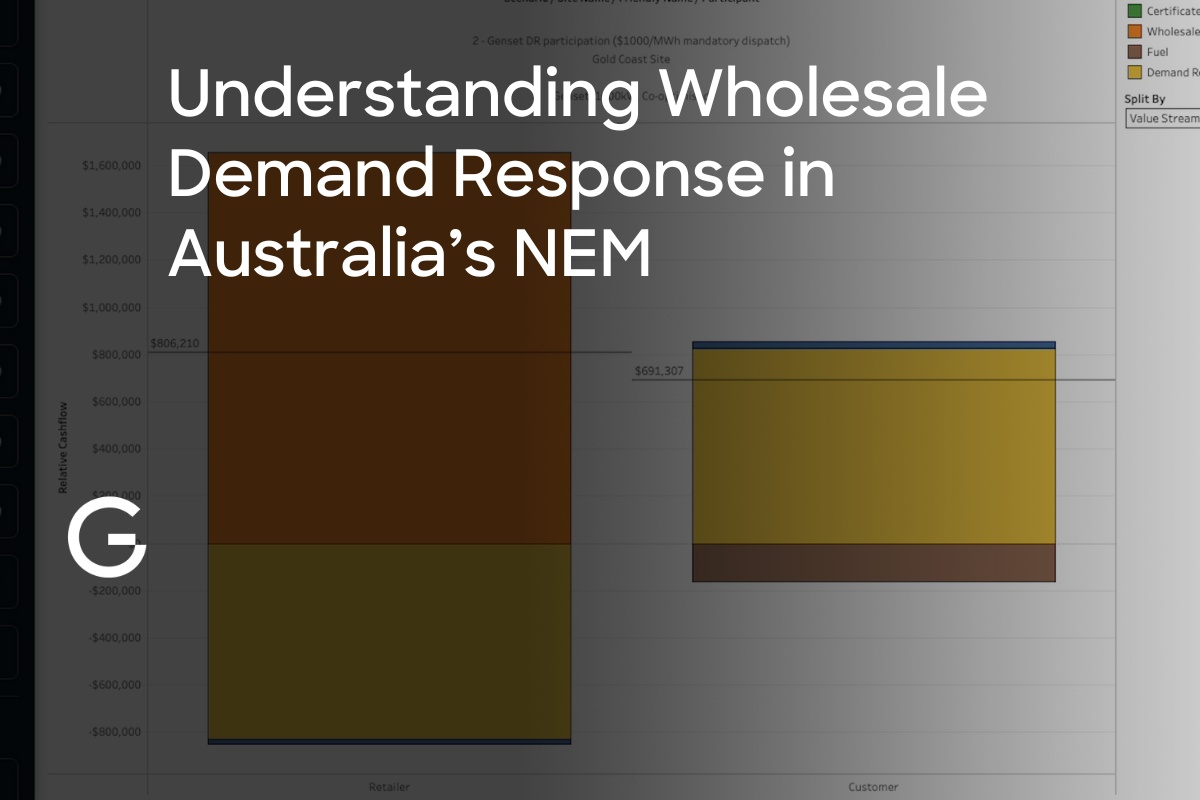
Discover how Wholesale Demand Response (WDR) in Australia’s NEM empowers large energy users to earn revenue by reducing electricity use during peak times. Learn about participation challenges, market dynamics, and how Gridcog helps model flexible demand-side strategies.

Learn how UK businesses can manage rising electricity demand, navigate grid connection delays, and use flexible energy solutions to stay ahead of electrification trends.
.png)
Learn how electricity load shape, time-of-use, solar, and battery storage impact energy costs, retail pricing, and wholesale market dynamics.

Discover how Marginal Loss Factors (MLFs) affect project revenues and market participation for renewable energy and BESS developments in the Australian National Electricity Market (NEM). Learn key trends by technology and region, and how Gridcog can help you model the impact of changing MLFs.
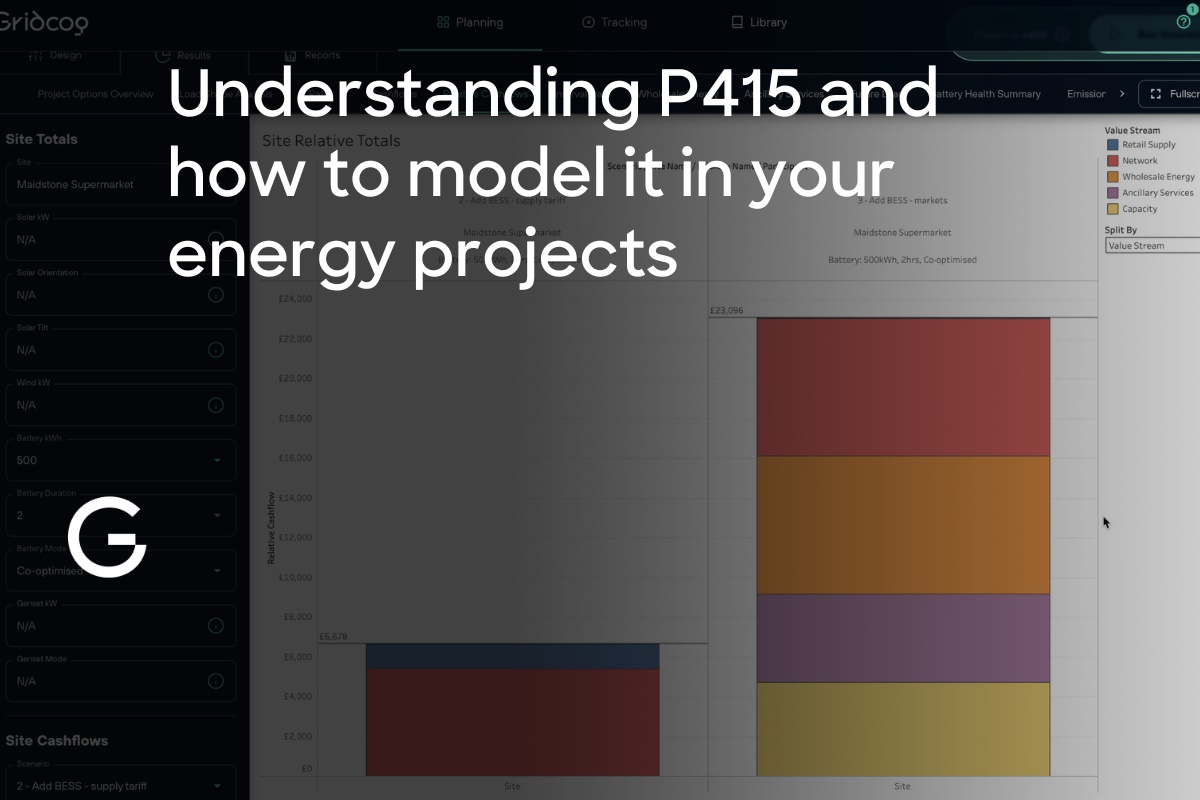
Explore how P415 is transforming GB energy markets by enabling behind-the-meter assets like batteries and EVs to earn wholesale revenues.

Introducing Gridcog's new Senior Data Engineer in Perth, Brenton Adey

In the final part of our 3-part series, we explore how behind-the-meter batteries can help businesses overcome grid constraints and avoid costly upgrades.
%20(CY2024)%20(1).jpg)
Discover why battery revenues soared in Queensland compared to Victoria in 2024. Gridcog’s market modelling reveals key drivers behind BESS performance across Australia’s NEM.

Insights from VEV, Axle Energy, and Fuuse discussing flexibility, smart charging, and the future of V2X in Great Britain’s evolving energy landscape.
.png)
Learn what determines battery size, including energy storage capacity (kWh), power rating (kW), charge rate (C-rate), storage duration, and energy density. Understand how these factors impact performance in energy storage systems.

Explore how grid frequency collapse leads to blackouts, the role of inertia and RoCoF, and what it means for modern, renewable-powered grids.
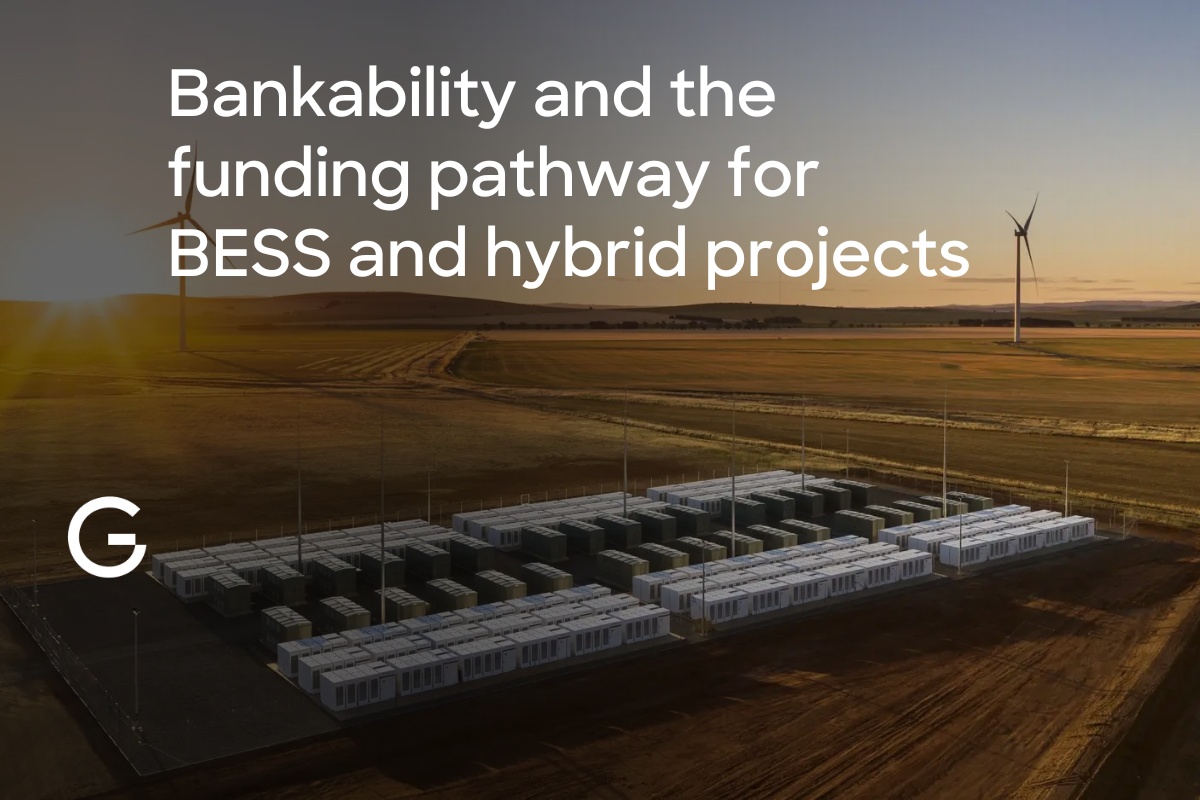
Securing debt for BESS and hybrid projects requires a "bankable” revenue forecast from lenders preferred consultants. Developers need their own flexible modelling tools to optimise project design and achieve more favourable financing terms.
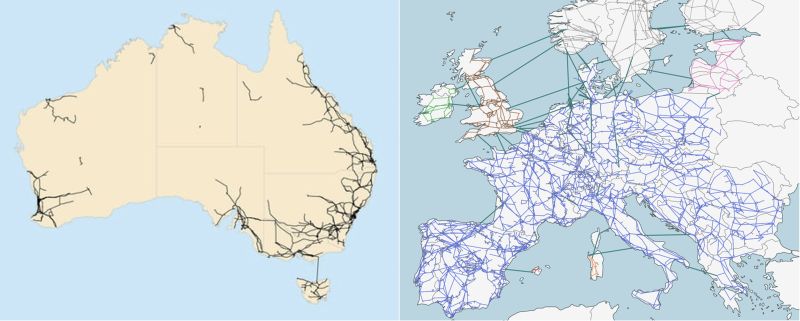
A brief review of some of the differences between Australia and Europe and the relative prospects for a successful clean energy transition
%20(1620%20x%201080%20px).jpg)
Solar power records continue to break across Europe, driving negative power prices and widening price spreads. Explore what this means for flexible assets.
.jpg)
Germany is Europe's hottest battery market, driven by renewable energy growth, price volatility, and grid challenges, offering major opportunities for large-scale storage.

Introducing Gridcog's new Energy Analyst in Melbourne, Scott Bosman

The importance of modelling market price forecast uncertainty for more accurate project cashflow profiling

Introducing Gridcog's new Operations Coordinator in London, Kate Orsborn

In this two-part post we’re looking at the commercial rationale for installing battery storage at a business premises.

